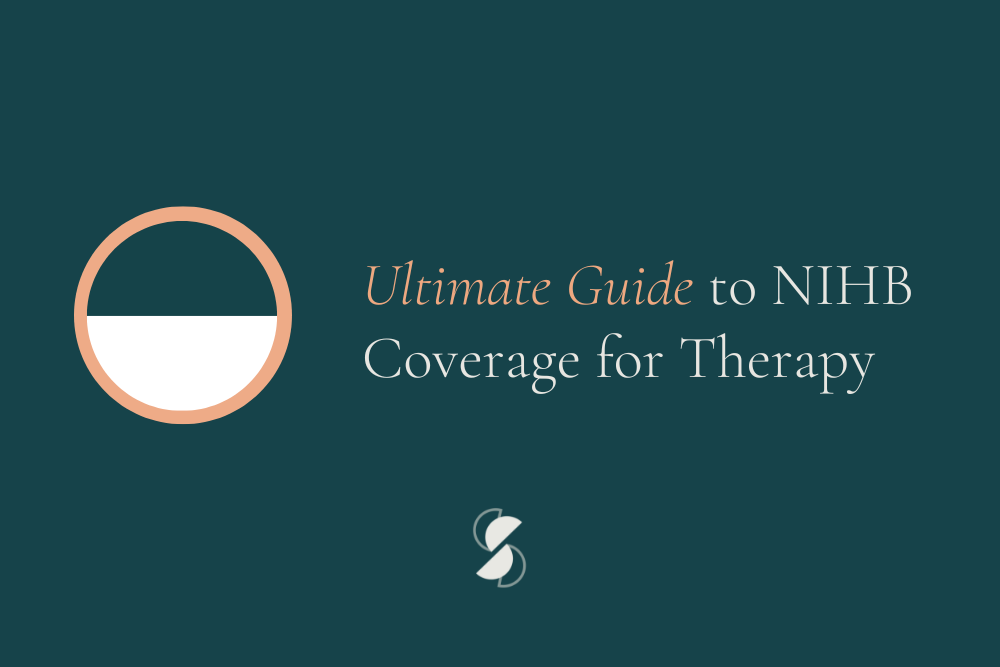“The short answer is: body image is complicated”

Ways to Understand and Improve Your Relationship With Body Image
When we have negative thoughts and feelings about our bodies, we tend to focus on changing our bodies rather than changing those thoughts and feelings. Why is that?
The short answer is: body image is complicated. It’s not only about what we are thinking or feeling about ourselves.
The way we experience body image activates many different parts of our brains and bodies and can be broken down into four aspects:
- Cognitive: the way we think about our bodies - this can look like preoccupation with certain body parts, our weight and/or body shape
- Affective: the way we feel about our bodies - this can relate to how we feel about things like our weight and body shape. We can develop feelings based on our thoughts related to our bodies (i.e., my body shape is different than others; therefore, I feel disgusted by my body)
- Perceptive: the way we see our bodies - this is not always a “correct” or objective representation of how we actually look. Our perception can be impacted by things like what we see on social media/mainstream media (i.e., unrealistic beauty standards, comparison) and lack of consistency and inclusivity in clothing sizing (i.e., not having access to clothing that allows you to feel good in your body, not fitting conventional sizes)
- Behavioural: the behaviours we engage in due to the areas above impact our body image further. We may constantly look at our bodies, engage in harmful ways of changing the way our bodies look or avoid certain situations entirely (maybe causing us to miss out on things that make us happy)
These aspects are not experienced separately but instead work together to form our body image, making it harder to think our way out of body image distress. These aspects can be thought of as our expressions of body image. Some variables impact those expressions and shape our own unique experiences of body image, such as (but not limited to):
- Family History: i.e., body shaming, dieting
- Personal History: i.e., biological factors, diagnosis, injury
- Genetics: i.e., amplified risk for both medical and psychological challenges
- Temperament: i.e., mood, perfectionism tendencies
- Trauma: i.e., weight stigma, transphobia, racism, abuse
- Systems/Constructs: i.e., societal pressures, social media
- Identities: i.e., marginalization
- Culture: i.e., thinness, comparison, diet culture
These variables often cause a threat to our sense of safety, and when our sense of security is threatened, our nervous system is activated (fight, flight, freeze and please). Again, this makes it harder to think our way out of body image distress. We need to be able to calm our bodies and connect to them before being able to think differently.
The good news is your body image is something you can build a relationship with. We need to understand our unique body image experiences to better understand what resources we need to live more peacefully with our body image instead of in a battle with our bodies. The process of healing your relationship with your body image takes work. Still, it is a more long-standing and sustainable goal than changing your body to fit into ever-changing ideals and standards.
There is no “right way” to go about body image work, and it can be overwhelming or daunting to begin the process of body image healing.
Here are some tools to get you started in your journey:
Questions to get you thinking about your own experience of body image:
- What does the narrative in your mind sound like? (e.g. words, tone, whose voice does it sound like)
- Who is in your social media feed? How much time do you spend on social media, and how does it leave you feeling?
- What feelings correspond with negative, neutral, or positive body image moments?
- What factors amplify your negative body image? (feelings, people, places, clothing, weather)
Practices to support healing:
- Try shifting your language from “I am…(gross)” to “I’m having a tough body image day.”
- Perform a social media cleanse, take a social media break and return to it with intention
- Observe and reduce unhelpful behaviours like body checking
- Practice separating feelings from thoughts
- Make a list of your top 10 triggers (i.e., tight clothing, having to “dress up”)
- Practice identifying situations that might dramatically shift your perception of your body
- Identify 2-3 things that support your nervous system that is self-caring rather than self-harming (i.e., breathing, yoga, music, physical touch)
Therapy can be a helpful way to prioritize your body image work, have a space to explore and process your own experience and have support through it. Connection is a powerful tool in body image healing, whether with a therapist, a trusted friend or family member, or even yourself. Wherever you’re at in your journey with body image healing, remember that you can change how you think about, feel, see and behave related to your body, one day at a time.









